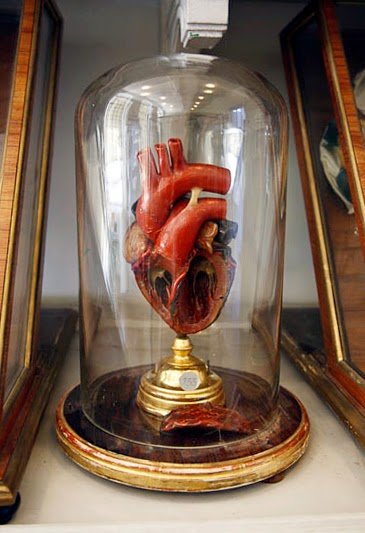Happy Ash Wednesday! The following quote, from "The History and Meaning of Ash Wednesday" By Dr. Richard P. Bucher, makes clear the relationship between traditional memento mori and the Ash Wednesday tradition of ashes on the forehead:
In the typical Ash Wednesday observance, Christians are invited to the altar to receive the imposition of ashes, prior to receiving the holy Supper. The Pastor applies ashes in the shape of the cross on the forehead of each, while speaking the words, "For dust you are and to dust you shall return" (Genesis 3:19). This is of course what God spoke to Adam and Eve after they eaten of the forbidden fruit and fallen into sin. These words indicated to our first parents the bitterest fruit of their sin, namely death. In the context of the Ash Wednesday imposition of ashes, they remind each penitent of their sinfulness and mortality, and, thus, their need to repent and get right with God before it is too late...
--The History and Meaning of Ash Wednesday, By Dr. Richard P. Bucher (sourced here)
Image: Rattenberg (Tyrol). Augustine museum - Memento-mori-painting (1694) from Kitzbühl - detail with inscription: "All skulls are signed but one; write your name on it, it is yours." Sourced here.








